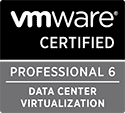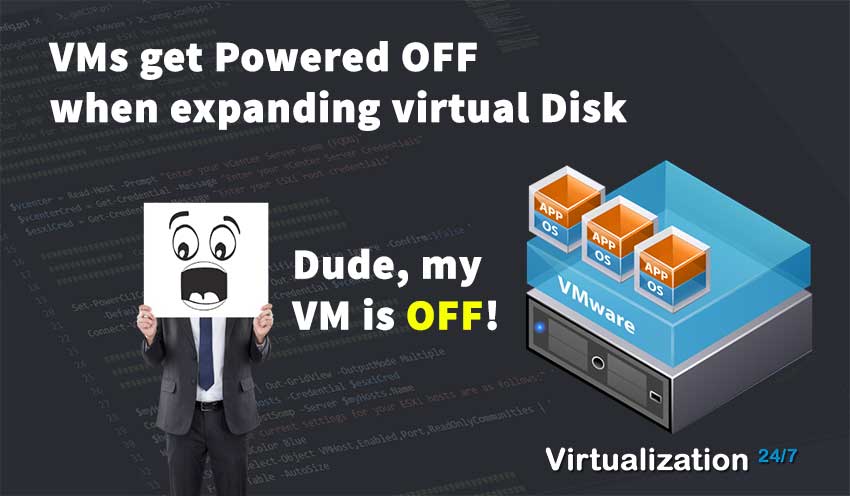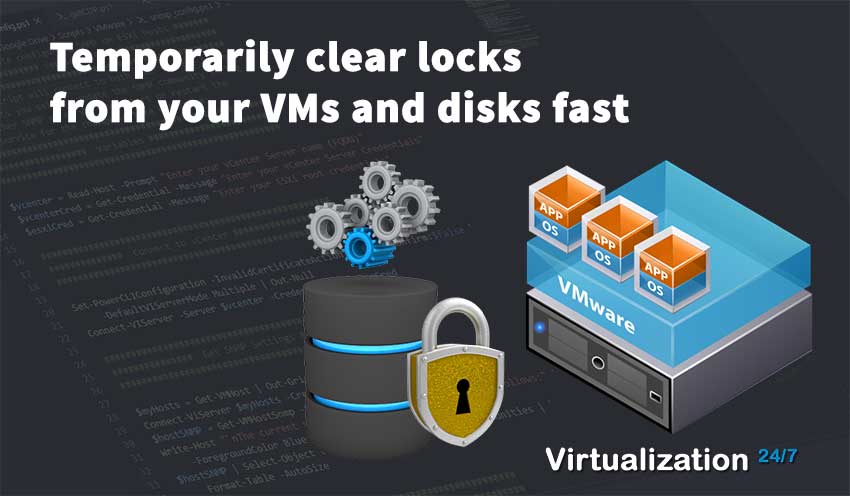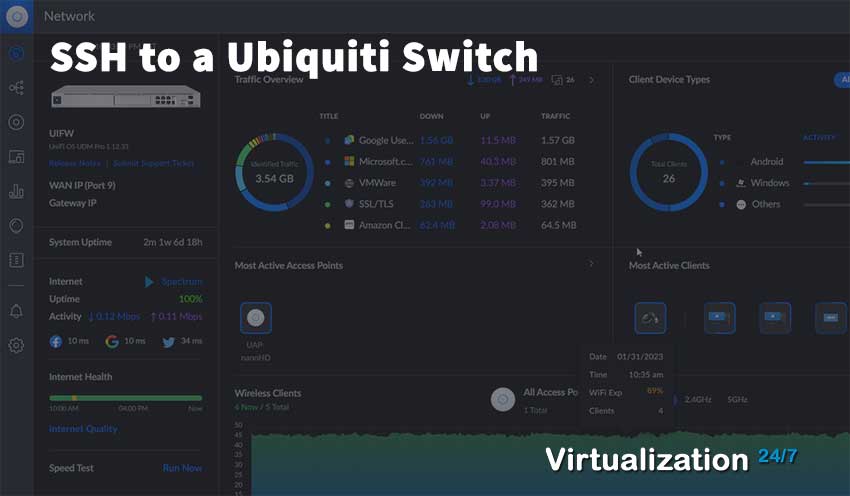Connect to a DFS namespace from MacOS X
- Byron Zepeda
- Category: File Services
- Read Time: 2 mins

I recently upgraded my domain controllers and implemented Distributed File System (DFS) on my internal network. I have two locations that I work out of, and I have a site-to-site VPN configured so that I can continue working and accessing my files regardless of which site I'm working. I have my DFS configured to replicate files from one location to the other, so by the time I drive to a different location, any files I've worked on should already be replicated. All my Windows machines have no issues accessing the DFS namespaces and shares, but my MacBook Air laptop can't access my DFS namespaces.
I looked everywhere, hoping to find a solution. I found some people saying you had to make changes to the nsmb.conf file, others say you might have to mount the shares from the command line, and even those stating that SNMB was broken on specific MacOS X builds. I went down the Google rabbit hole, trying all sorts of solutions.
After countless attempts, endless searches, and days of trying, I found an Apple article titled "Distributed File System namespace support" stating: "Populate the Search Domains field in the DNS configuration for the network interface with the fully qualified Active Directory domain name."
I went to my System Settings -> Wi-Fi -> DNS -> and clicked on Details, and updated the search domains.
Upon doing this, I was able to ping the root domain main which I was not able to do before. Before I could reach the shares bypassing DFS and going straight to the servers hosting the shares, but that the defeated the purpose of have DFS and replicating the shares. Now I was able to use the DFS namespace by using the proper path, getting prompted for my credentials, and use the share.
Popular Tags
Latest Articles
-
VMs get Powered OFF when expanding virtual Disk
-
Temporarily clear locks from your VMs and disks fast
-
Simple Guide on How to Fix a Printer That's Offline
-
SSHing to a Ubiquiti Switch: A Step-by-Step Guide
-
How to Uninstall MSI Using PowerShell and an RMM
-
Getting Started with VMware: Subscribing to VMUG & Getting Discounted Licensing for Your Home Lab
-
AI – A Risky Business: Unveiling the Dangers of AI
-
Key Distinctions between VMware vSphere ESXi and Microsoft Hyper-V
Categories
Certifications














